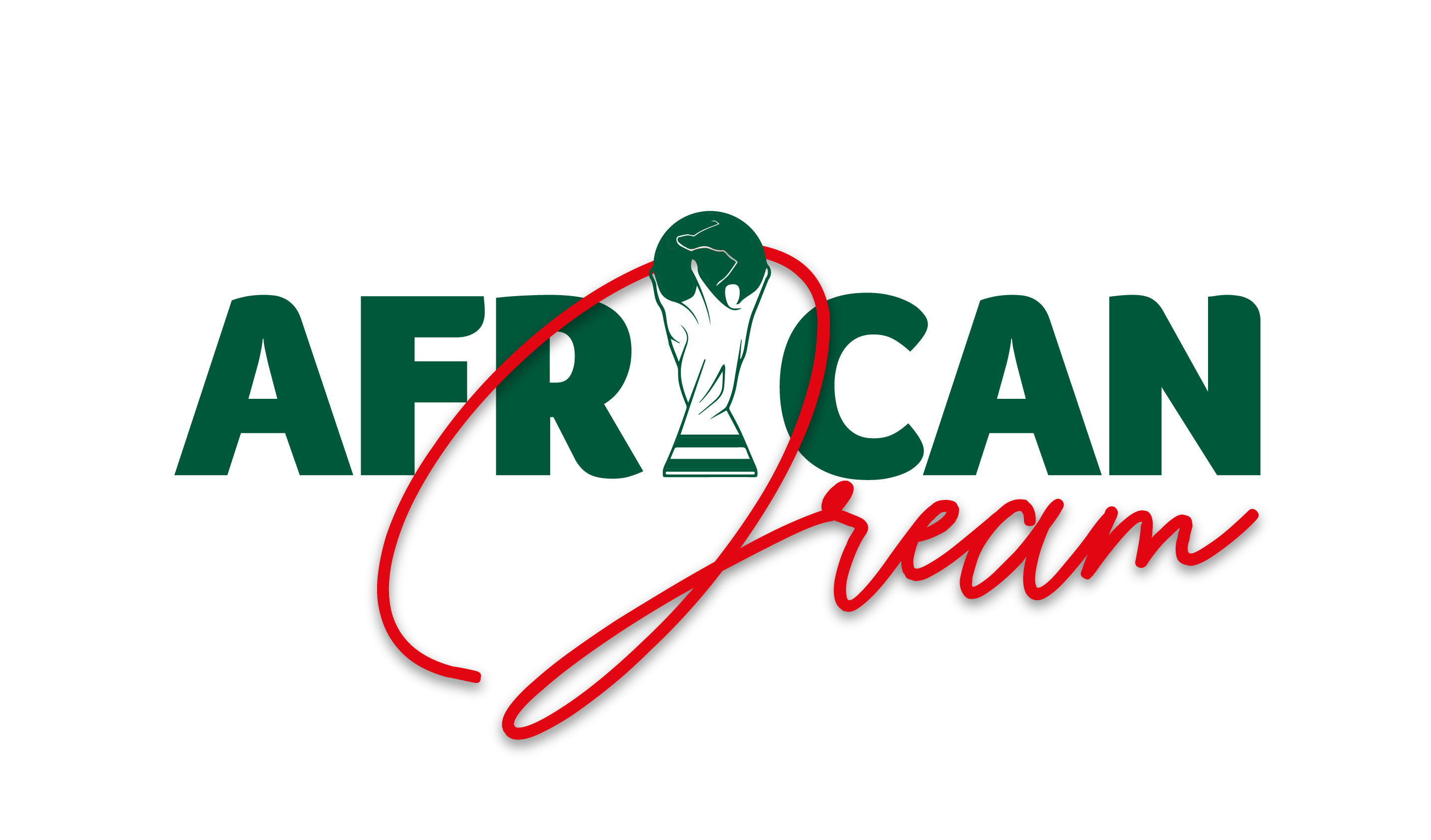His Majesty King Mohammed VI launched, on Thursday at the Rabat-Agdal railway station, the construction works for the High-Speed Rail Line (LGV) between Kénitra and Marrakech, which will span approximately 430 kilometers. This Royal project is part of a major 96-billion-dirham infrastructure program. It includes the extension of the LGV to Marrakech, modernization of the national train fleet, development of public transportation networks in three major urban areas, and the emergence of an industrial ecosystem — all driven by a strategic vision serving sustainable, inclusive, and competitive mobility, with a continental ambition and forward-looking perspective.
The Kénitra-Marrakech LGV project reflects the Sovereign’s far-sighted Vision to improve Morocco’s national rail services and aligns with the Kingdom’s strategic orientations under the leadership of His Majesty the King, particularly in terms of sustainable development and promoting low-carbon collective mobility solutions.
It also illustrates Morocco’s strong determination to continue developing its national railway network so it can serve as the backbone of a sustainable and inclusive transportation system.
This major project, with a budget of 53 billion dirhams (excluding rolling stock), is part of a broader investment program totaling 96 billion dirhams. It also includes the acquisition of 168 trains for 29 billion dirhams to renew the existing fleet of the National Railways Office (ONCF) and support development projects, as well as maintaining operational performance with 14 billion dirhams allocated for developing metropolitan transport networks in Casablanca, Rabat, and Marrakech.
The Kénitra-Marrakech LGV involves the creation of a high-speed rail line connecting Rabat, Casablanca, and Marrakech, with stops at the airports of Rabat and Casablanca.
With this new project, travel times will be significantly reduced: 1 hour between Tangier and Rabat, 1 hour 40 minutes between Tangier and Casablanca, and 2 hours 40 minutes between Tangier and Marrakech (saving over 2 hours). It will also enable connections from Rabat to Casablanca’s Mohammed V International Airport in just 35 minutes, serving the new Benslimane stadium. A high-speed service is also planned between Fez and Marrakech, with a journey time of 3 hours 40 minutes (using high-speed trains on the conventional line from Fez to northern Kénitra, then continuing on the new high-speed line to Marrakech).
The Kénitra-Marrakech LGV project notably includes the design and construction of a new line designed for 350 km/h speeds, terminal upgrades in Rabat, Casablanca, and Marrakech (on active tracks), rail equipment, the construction of new high-speed train stations, local train stations, upgrades to existing stations, and a maintenance center in Marrakech for train upkeep.
Extending the LGV to Marrakech will free up capacity on the conventional rail network, enabling the development of a robust local metropolitan train service (TMP) to meet public transport needs in Rabat, Casablanca, and Marrakech. This new TMP service will be a real solution to urban mobility challenges in these metropolitan areas, offering better punctuality, service quality, and sustainability.
Coinciding with the launch of the Kénitra-Marrakech LGV, ONCF is also introducing an unprecedented program to acquire 168 new trains, aimed at strengthening and modernizing the entire passenger fleet.
This acquisition program, representing a 29-billion-dirham investment, will enhance operational performance, bolster regional services, and accommodate expected traffic growth by 2030. Specifically, it includes 18 high-speed trains for extension projects, 40 intercity trains, 60 rapid shuttle trains (TNR), and 50 trains for urban rail networks in the three agglomerations.
This ambitious rolling stock acquisition will also foster the emergence of a railway industrial ecosystem. With a local integration rate of over 40%, the program strongly supports Moroccan businesses and skills, with clear benefits for the national economy, transport cost reduction, and sustainable development.
The program is based on two main components: an industrial one, involving the setup and operation of a train manufacturing unit and a supplier and subcontractor ecosystem; and a second, involving the creation of a joint venture between manufacturers and ONCF to provide long-term industrial and routine train maintenance while controlling costs.
Spanning ten years, this program will lead to specialized workforce training and create several thousand direct and indirect jobs.
With this modernization initiative, the entire Moroccan rail network is experiencing a true renaissance — not only through the LGV extension to Marrakech but also via the overhaul and rejuvenation of ONCF’s train fleet, the establishment of a new rail-based public transport network, and a promising new industrial ecosystem.
This major investment and modernization project draws on the expertise of renowned international companies, including France’s Alstom for high-speed trains, Spain’s CAF for 200 km/h intercity trains, and South Korea’s Hyundai Rotem for local metropolitan trains — all under preferential financing terms.











